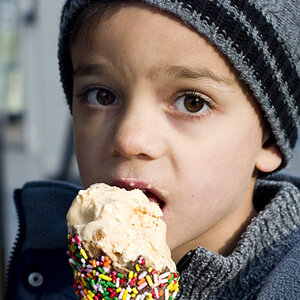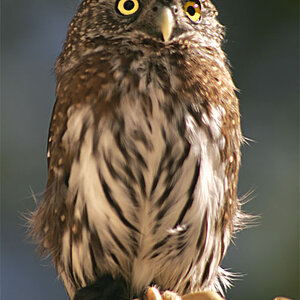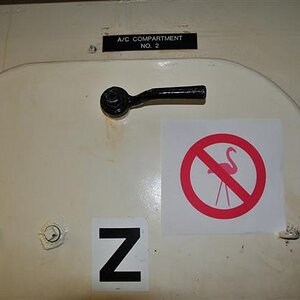guitar guy
TPF Noob!
- Joined
- Dec 20, 2010
- Messages
- 85
- Reaction score
- 4
- Location
- Mpls Minnesota
- Can others edit my Photos
- Photos OK to edit
So I was in the bookstore tonight hoping to pick up a copy of "Understanding Exposure", because I just don't understand it yet, but they didn't have one in stock.
So I started perusing the books and I found a very attractive book called "John Shaw's Nature Photography Field Guide", and since nature photography interests me I snapped it up. It wasn't until I got it home that I discovered it was printed in 2000 and doesn't cover digital cameras at all (I recently bought a Nikon D3000).
So I'm just wondering, and this is what I'm assuming so please correct me if I'm wrong, but shouldn't everything pretty much hold true to the same with digital, such as aperture and shutter speed, but when he talks about different film speeds I can just translate to ISO?
So I started perusing the books and I found a very attractive book called "John Shaw's Nature Photography Field Guide", and since nature photography interests me I snapped it up. It wasn't until I got it home that I discovered it was printed in 2000 and doesn't cover digital cameras at all (I recently bought a Nikon D3000).
So I'm just wondering, and this is what I'm assuming so please correct me if I'm wrong, but shouldn't everything pretty much hold true to the same with digital, such as aperture and shutter speed, but when he talks about different film speeds I can just translate to ISO?


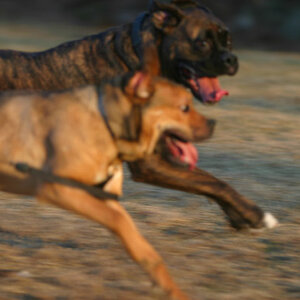
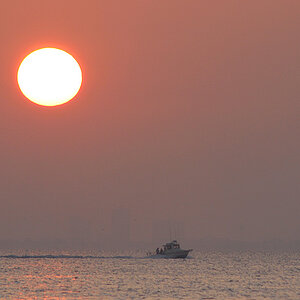
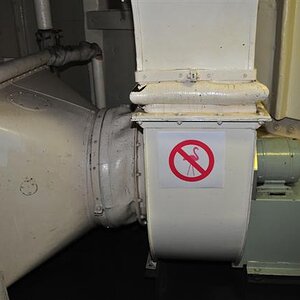
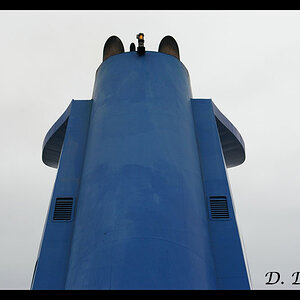

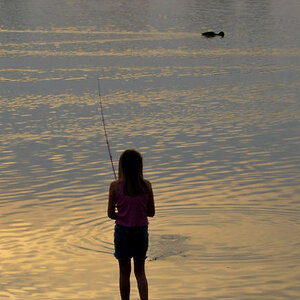
![[No title]](/data/xfmg/thumbnail/33/33351-cd8e1d901d113ee8f9312e19478885a7.jpg?1619735918)
